Work has started on finding ways to increase passenger capacity at St Pancras International station by 50% by the end of the decade, to cope with expected growth in travel to European destinations through the Channel Tunnel.
Although only revamped 17 years ago at a cost of £800 million, HS1’s London terminus is already considered unfit for purpose, with long queues at passport control since Brexit.
Work has started on finding ways to increase passenger capacity at St Pancras International station by 50% by the end of the decade, to cope with expected growth in travel to European destinations through the Channel Tunnel.
Although only revamped 17 years ago at a cost of £800 million, HS1’s London terminus is already considered unfit for purpose, with long queues at passport control since Brexit.
Operator Eurostar says it can solve these problems on its own, but adds that it wants to increase services in advance of threatened competition from new operators wanting to run trains further into mainland Europe.
Eurostar, which has had a monopoly from the outset in 1994, is currently embroiled in controversy over its decision not to restart services to Ebbsfleet and Ashford International stations, because of what it claims is a lack of demand.
Nevertheless, it has seen major overall business growth. It has just reported a record 22% year-on-year increase in passenger numbers on its routes to Paris, Brussels and Amsterdam, and its desire to double the number of departures is supported by talk of an order for up to 50 new trains.
St Pancras International owner HS1 Ltd anticipates that the number of passengers using the station will grow from the present 2,000 an hour to 3,600. It also acknowledges the current problems with complex post-Brexit passport processing.
HS1 has therefore commissioned Active Thinking (AT) to explore ways of increasing capacity within the confined space under William Barlow’s classic Grade 1 Listed barrel roof. The results should be known by the autumn. AT’s track record includes work at Heathrow Airport, Gatwick Airport station, and for the National Trust.
The cost of station layout alterations has to be assessed and justified.
HS1 Engineering Director Richard Thorp said: “Increased competition is one part of our plans for growth, given there is capacity for more services on the line, but key to all of this is ensuring that St Pancras is fit for the future. We will first and foremost protect the history of the station. Higher flows of passengers through international departures can be managed via simple yet effective technology.”
Separately, Eurostar is investing £10m at St Pancras to comply with the EU’s new Entry/Exit System (EES), which comes into force on October 6.
An electronic system is replacing some of the physical stamping of passports. The number of manual booths will be doubled to 49, but the lack of space for expansion in the current area means that some will have to be installed at other locations around the station.
Eurostar recorded a £122m profit last year on a turnover of £1.3 billion, but is facing declared competition from Sir Richard Branson’s Virgin Group, Evolyn from Spain, and Heuro from the Netherlands.
St Pancras is now essentially four stations in one. The central train shed is used for international services, complemented by separate raised platforms for East Midlands Railway inter-city workings to Sheffield via Nottingham and Derby, and semi-fasts to Luton, Bedford, Kettering and Corby.
Southeastern also has independent platforms for ‘Javelin’ trains to Folkestone, while the new Thameslink operation, underneath the main building, has greatly increased the station’s domestic importance by offering more than a dozen services through the capital per hour to the south from Bedford, Peterborough and Cambridge.
A total of 39 million passengers patronised St Pancras in 2022-23, over a sixth of them using it as an interchange. This is a remarkable change in fortunes for a terminus that British Railways actively considered closing and demolishing in 1967, diverting its remaining services (and only nine million users) to nearby King’s Cross and Euston.
At the time, BR was critical of ‘sentimentalists’ who also objected to the closure of the hotel. And even after the site was reprieved, there were still discussions about dismantling the overall roof because it was considered unsafe.
Login to continue reading
Or register with RAIL to keep up-to-date with the latest news, insight and opinion.

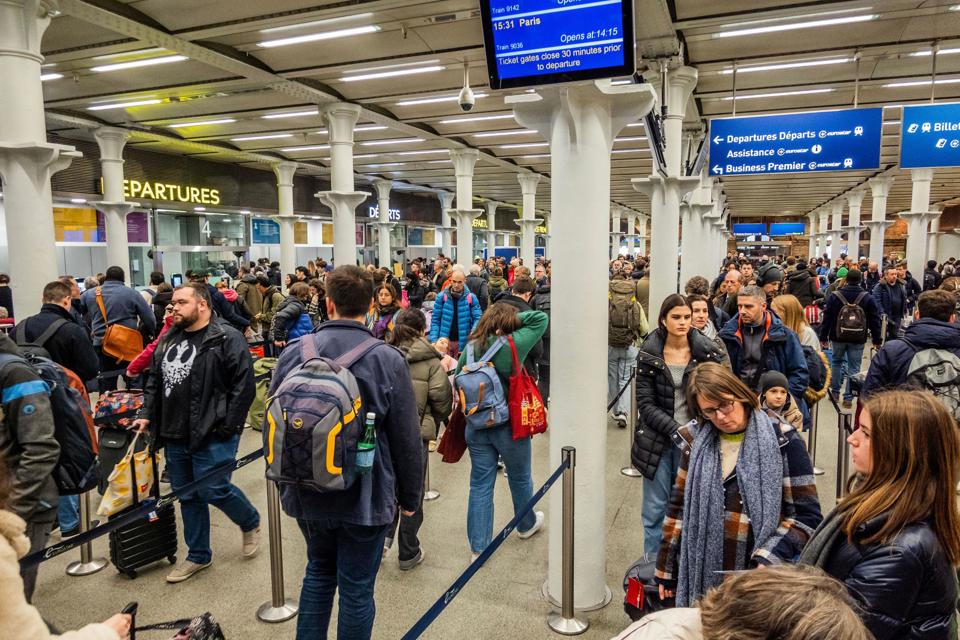
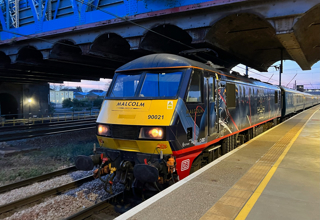
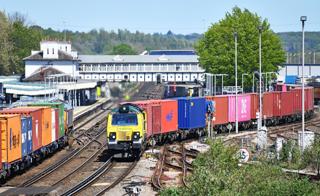
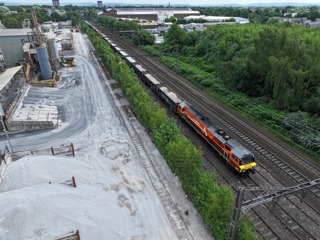
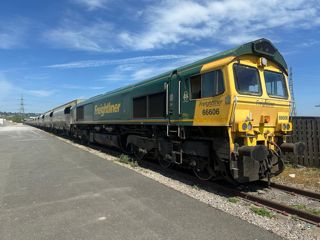











Login to comment
Comments
No comments have been made yet.